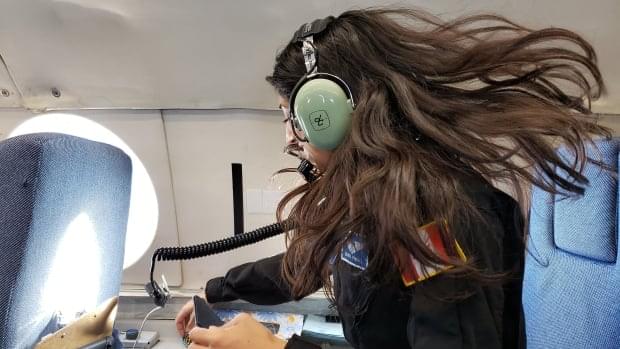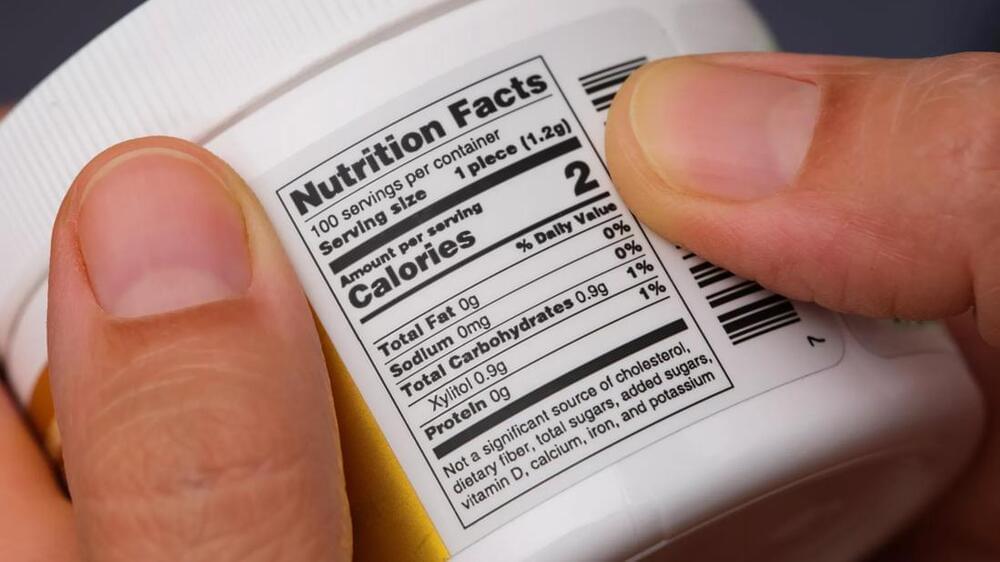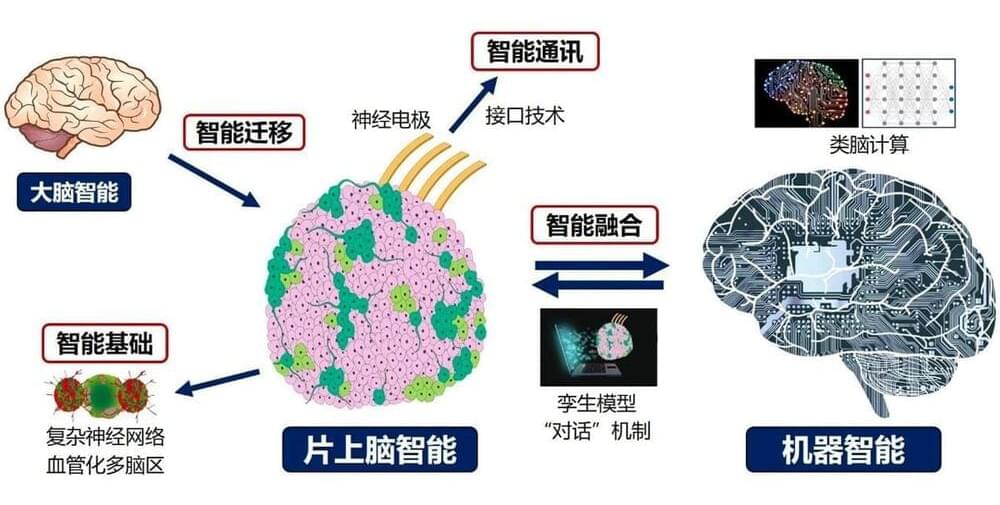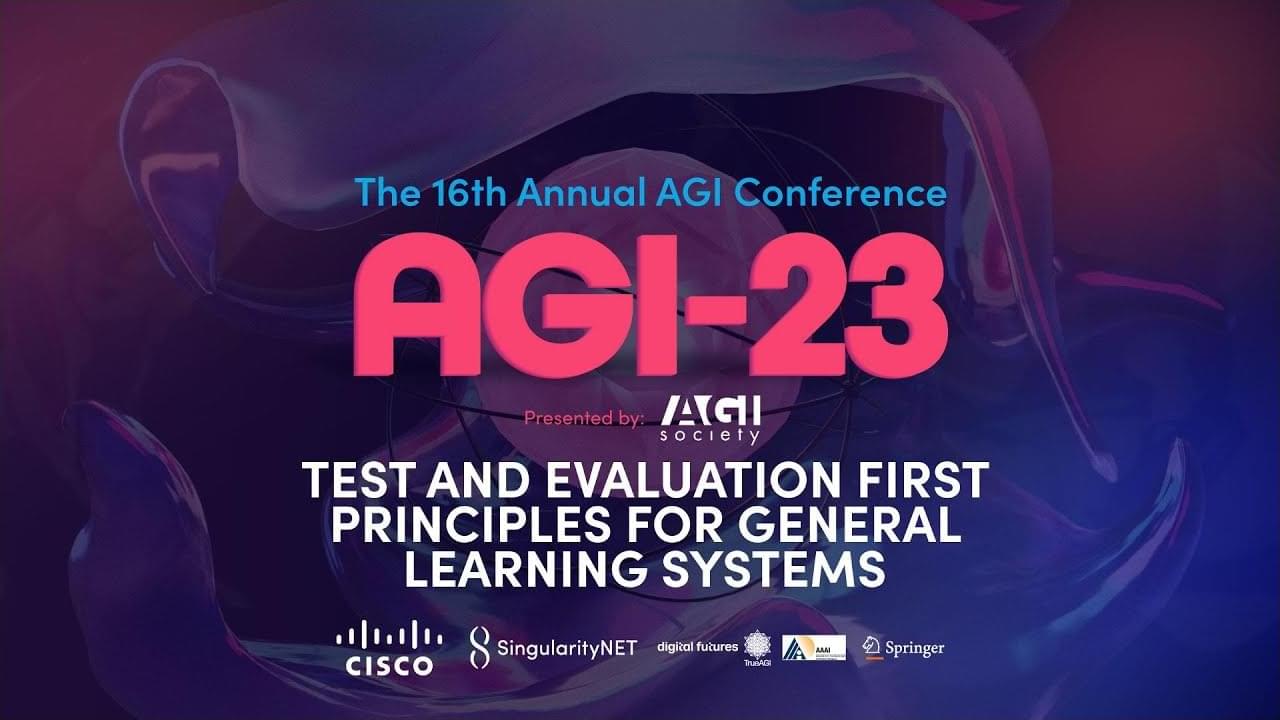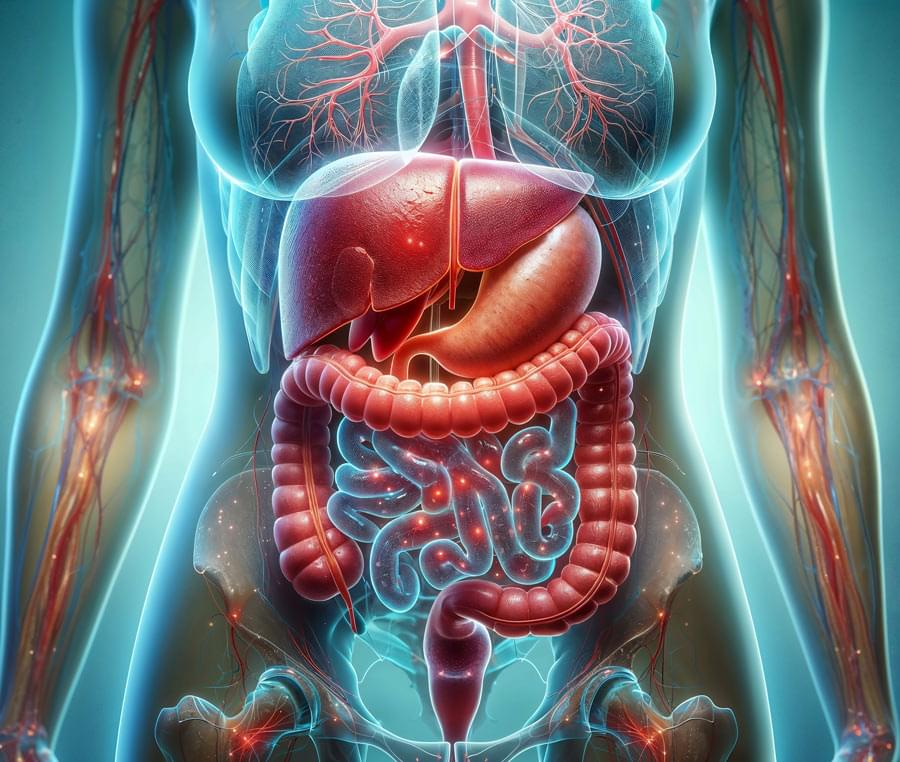
Microbes that are used for health, agricultural, or other applications need to be able to withstand extreme conditions, and ideally the manufacturing processes used to make tablets for long-term storage. MIT researchers have now developed a new way to make microbes hardy enough to withstand these extreme conditions.
Their method involves mixing bacteria with food and drug additives from a list of compounds that the FDA classifies as “generally regarded as safe.” The researchers identified formulations that help to stabilize several different types of microbes, including yeast and bacteria, and they showed that these formulations could withstand high temperatures, radiation, and industrial processing that can damage unprotected microbes.
In an even more extreme test, some of the microbes recently returned from a trip to the International Space Station, coordinated by Space Center Houston Manager of Science and Research Phyllis Friello, and the researchers are now analyzing how well the microbes were able to withstand those conditions.
